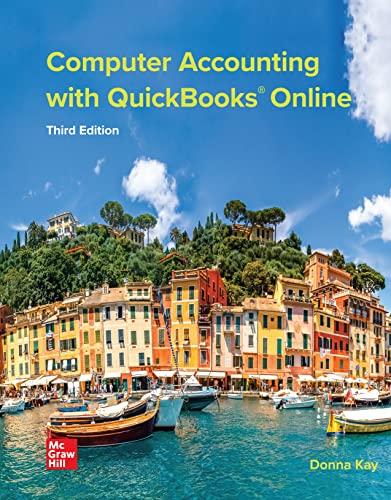Question
On February 26, 1995, Barings, Britains oldest merchant bank, went bankrupt due to USD 1.3 bn losses in derivative securities from one single trader, Nick
On February 26, 1995, Barings, Britains oldest merchant bank, went bankrupt due to USD 1.3 bn losses
in derivative securities from one single trader, Nick Leeson. The collapse occurred since Barings could
not meet the enormous trading obligations established by Leeson in the name of the bank. When it went into receivership on February 27, 1995, Barings, via Leeson, had outstanding notional futures positions on Japanese equities and interest rates of USD 27 bn: USD 7 bn on the Nikkei 225 equity contract and USD 20 bn on Japanese government bond (JGB) and Euroyen contracts.
But thats just part of the story. In addition to the positions mentioned, on December 24th 1994, Leeson
also sold 35,500 Nikkei calls and 35,500 put options with the same strike price K = 19,750 index points and same maturity T = 2 months. On the same day the Nikkei was trading at 19,634 points.
What is the name of the option strategy (i.e., short 1 call and short 1 put with same strike price and same maturity) that Leeson set up? (2 points)
Under what conditions is such a strategy profitable at maturity? What are the risks for a trader that sets up this strategy? (2 points)
Consider just 1 call and 1 put. Draw, in the same chart, the profit diagram at maturity, in JPY, of each option, as well as the profit diagram, still at maturity and in JPY, of the strategy (i.e., the combination of the two options). Label the points in which the profit of the strategy intersects the x axis, and show their values. To carry out the computations you need to know that, on December 24th 1994, 1 Nikkei call option with strike equal to K = 19,750 was priced JPY 9.90m and 1 Nikkei put option with strike equal to K = 19,750 was priced JPY 9.80m. Assume that the 2-months interest rate is 0 (in this way you can show the full value of the option premium in the profit diagram, without worrying about the time value of money) and that each Nikkei option trades on JPY 10,000 times the index value. (Tip: You can think about it as the contract size, that is 1 option is on 10,000 units of the index). (2 points)
Consider now the entire strategy (i.e. 35,500 positions). Draw the profit diagram at maturity, in JPY, of the entire strategy. Label the points in which the profit of the entire strategy intersects the x axis, and show their value. (2 points)
On January 17 1995, the well-known Kobe earthquake hit Japans industrial heartland. That day the Nikkei 225 was at 19,350. It ended that week (on Friday January 20 1995) slightly lower at 18,950. Three days later, on Monday January 23, the Nikkei dropped 1,000 points to 17,950. The large falls in Japanese equities, post-earthquake, made the market more volatile.
What is the effect of an increase in stock market volatility on Leesons position? No calculations needed, just a directional answer (i.e. position value increases/decreases) and an intuition as to why this happens. (Tip: you may find it helpful to draw two profit diagrams of the strategy and to assume two different probability distributions of Nikkei values. With a very extreme, but helpful, simplification in the first chart you can assume that Nikkei prices at maturity are normally distributed, with mean equal to option strike price and with a given unknown variance - just draw a bell curve centered at K -, while in the second chart you can assume that Nikkei prices have the same normal distribution and same mean as in the first chart, but have a much larger variance, so much longer tails). (2 points)
By February 24th 1995 (that is the option maturity date) the Nikkei reached 17,473 points.
What was the final profit/loss of Leesons Nikkei 225 options strategy on February 24th 1995? (2 points)
As a final remark, the Baring/Leeson example is an interesting case study for many reasons. First, beside the option portfolio, Leeson positions comprised also massive bets on index futures. Second, most of the transactions were not authorized by Barings headquarter; Leeson was indeed able to create an account (named Error Account 88888) through which he executed his unauthorized trades and, at the same time, hid the true size of positions and P&L from the bank. The Baring/Leeson episode is therefore often cited as an example of bad operational risk management. Even though one may be tempted to view Barings debacle as being caused by just one individual - the rogue trader (there is also a movie about it) - but in reality the fiasco should probably be attributed to the underlying structure of the firm, and particularly to the lack of internal checks and balances.
Step by Step Solution
There are 3 Steps involved in it
Step: 1

Get Instant Access to Expert-Tailored Solutions
See step-by-step solutions with expert insights and AI powered tools for academic success
Step: 2

Step: 3

Ace Your Homework with AI
Get the answers you need in no time with our AI-driven, step-by-step assistance
Get Started


